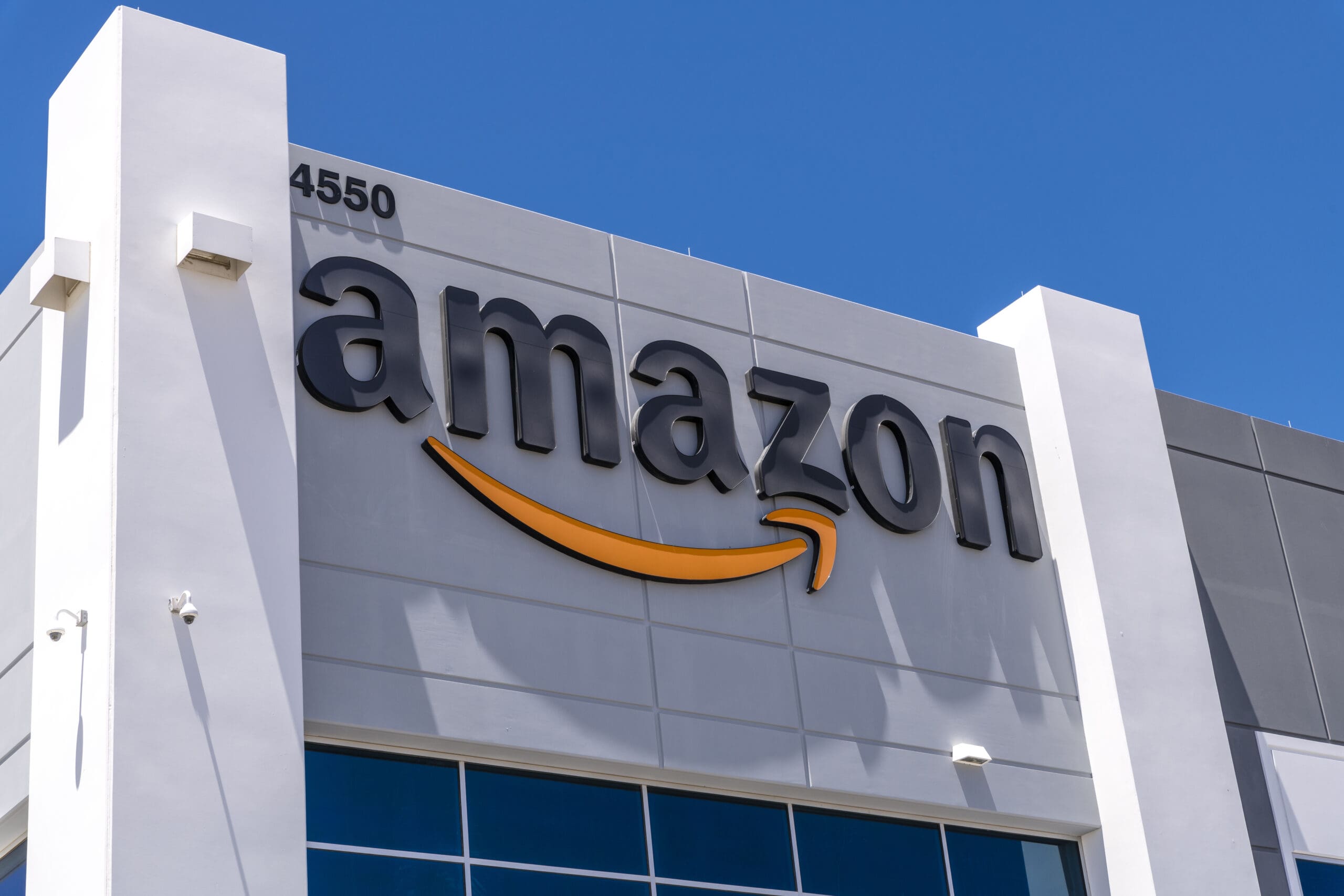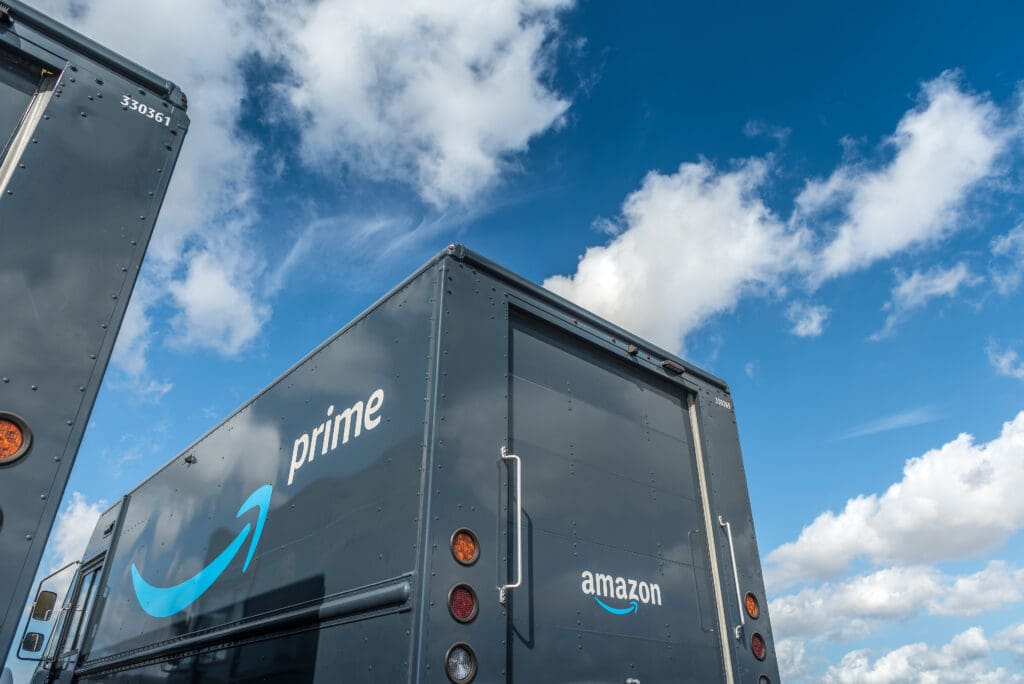As an Amazon seller, you are aware that conducting profitable PPC campaigns is essential to promoting your products and increasing sales. But it can be challenging to make your campaign stand out, from the competition on Amazon. Here are our top 8 tips and tricks to boost your sales on Amazon.
Optimize listings with the right keywords
Make a thorough list of keywords. Fill up the Amazon search bar with a range of phrases and words. Then, examine the drop-down suggestions, and begin compiling a list of suitable keywords for similar listings. Alternatively, you can use a keyword research tool to find relevant keywords with search volume, relevance, and other parameters.
Optimize your product listing, including title, product descriptions, keywords, etc. Search engines seek to offer the most relevant results, whatever the traffic is. That means Amazon shows ads that do not match a user’s search query. This makes it important to include your keywords in your product listings to build relevance.
Keyword stuffing, often known as keyword repetition, may be harmful and unproductive. So avoid stuffing keywords in listings.
By doing this, you have similar keywords in your listing and PPC, which further improves the position of the ad.
Acquire product reviews before you launch PPC
Product reviews are important as they serve as social proof on Amazon. The Amazon algorithm favors products with good reviews. We recommend you get at least 10 reviews before you launch your ad campaigns. Besides, reviews will have a positive impact on conversion rate, positioning, and paid CTR.
Selling high-quality products, exceeding your customers’ expectations in terms of quality and customer service, and working hard to establish a brand are the best ways to get reviews. Combine this with several touch points to ask for reviews, such as a product insert and the Request a Review button on your Orders page.
Find and bid on long-tail keywords
Long-tail keywords are more specific than regular ones and receive less search traffic, but they are also easier to rank. They will have low search volume, low competition, and can have a higher conversion rate. Often, they are less expensive to bid on.
Many merchants use an aggressive PPC approach that focuses on high-volume keywords. Usually, this has a significant negative impact on ad spending. A keyword’s CPC is greater when there is intense competition. In long tail keywords, the CPC is lower because there is less competition. Adding them helps you lower your ACoS and increase conversions.
Set effective goals for your campaign
Your PPC goals will be easier to set if you are aware of your business goals, especially for certain campaigns. Depending on business goals like new product launches, liquidation, etc., you need to set your campaign goals.
For example, depending on the overall profit margin, you can set a high ACoS if you are planning to liquidate old inventory.
Add Negative Keywords
Negative keywords stop your Amazon ad campaigns from showing up in search results for similar but unrelated product searches. In this way, your products will show up for relevant searches improving your chances of conversion. This reduces overall ad spend and improves the performance of your ads.
Look out for keywords that get a lot of clicks but no conversions. They use up your advertising spend with very little return. Consider marking those keywords as negative. Optimizing negative keywords can help you create more successful advertising campaigns. Besides, it increases your click-through rate and conversions.
Competitor targeting
You can use Amazon Sponsored Ads to target your competition. Run manual ads on Amazon for the same group of keywords used by your competitors. You can bid on your competitors’ keywords so your ads will appear on page one of the search results when a customer searches for a competitor’s product.
This is a great strategy to increase your visibility and sales. Use SellerApp’s keyword tracking tool to find your competitors’ keywords and track their performance over time.
Another method to target your competitors is to aim for their products rather than the keywords. You can use the Product Attribute Targeting (PAT) feature to target your competitors’ ASINs.
Use search term report to find keywords
Amazon offers an extensive set of reports under advertising. These include Search term reports, advertising product reports, targeting reports, and more. From the search term report, choose the appropriate keywords that generate sales, which results in an increased conversion rate. Add these keywords to your existing campaigns.
High-value keywords are terms where the brand will pay a higher price to bid because they can result in a better outcome in sales. These terms can create a high revenue in your business.
You can also get the search term report from Amazon in order to find how the consumers are finding your products on Amazon and find the keywords that are getting the most traffic and sales to your business. Additionally, make sure to sort the report by conversion rate to find terms with low traffic but high sales potential.
PPC Automation
Regularly monitoring your bids, keywords, and campaigns is crucial for optimizing your PPC campaign. You can save hours of manual labor by automating your Amazon PPC campaigns, allowing you to focus your attention on other aspects of business, such as product research, inventory control, and other marketing strategies. PPC automation helps you save time and grow your business.
Through SellerApp’s automation feature, you can choose the rule templates such as ROI Optimizer, Keyword Harvester, and Money Saver.
- If you want to use a negative keyword strategy, you can use Money Saver.
- You can choose ROI Optimizer if you want to maximize profits for your target ACoS.
- If you want to improve impressions, conversions, and visibility, use Keyword Harvester.
Your bids will be optimized by SellerApp’s algorithms to reach more potential consumers.
The algorithms will begin to run when you select the template and provide the necessary metrics, which will be reviewed by SellerApp’s experts. However, it’s important to get the fundamentals correct if you want Amazon PPC automation to function.
You can check out this link to try SellerApp PPC automation.
Conclusion
Results won’t come right away. Wait to see some results on your campaign. The most important results will be conversion, ACoS, impressions, etc. So by monitoring those, you will be able to adjust your bid price to get an ideal level of sales.
Author Bio
Arishekar N, is the Senior Director of Marketing and Growth at SellerApp, an e-commerce data analytics solution. He is responsible for overseeing the development and implementation of marketing strategies, as well as increasing process efficiency by executing cutting-edge Search Engine Optimization strategies at SellerApp.









